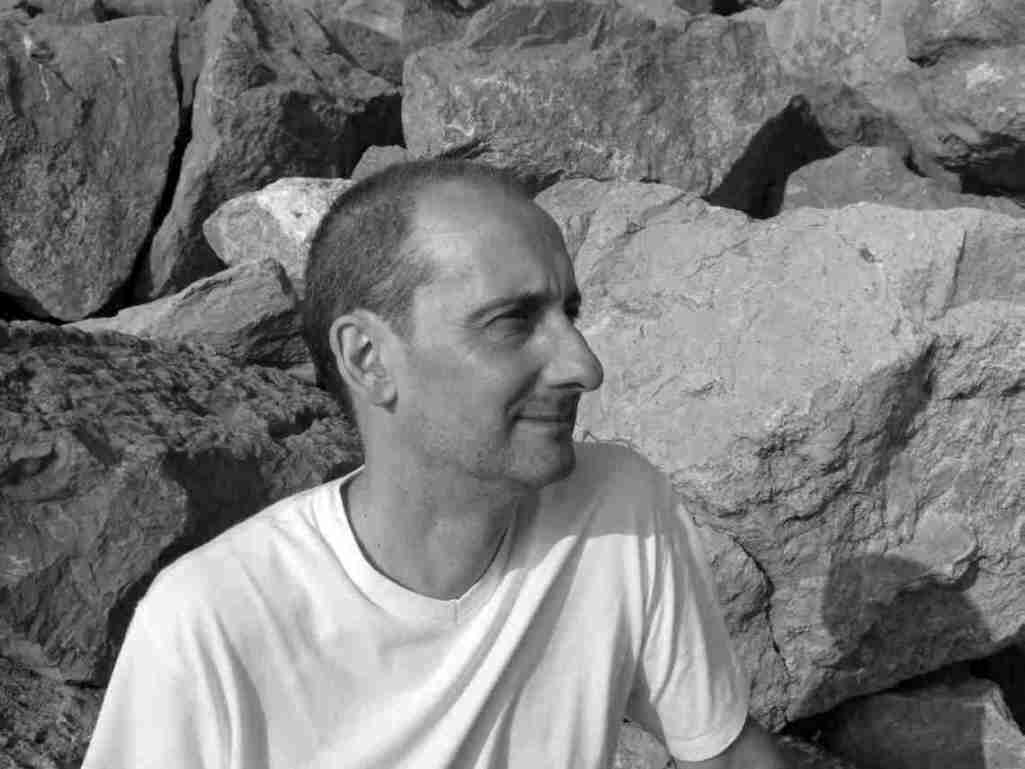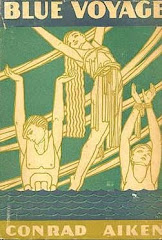
Agee, James and Walker Evans. Let us now Praise Famous Men. Boston: Houghton Mifflin, 1941.
The Lowrys met James Agee and his wife on a visit to New York in February 1947.
In a letter to James Stern 23/3/47, Lowry wrote:
I have been reading Jim Agee's and Evan's book Let us now praise famous men, too, you see: surely one of the most important in all of American literature, & one of the finest & most beautiful; & useful - I think I will begin my education upon it - God damn it, he even tells me how I/we built my/our house in it.... The Collected Letters Of Malcolm Lowry Vol. 2
James Agee was an admirer of Under The Volcano and his letter to Albert Erskine, a mutual friend of Lowry's, praising Lowry's masterpiece was published in theLiens; Cahier mensuel des lettres et des arts 30 in November 1949. In the article, Agee says he has been more impressed by Volcano than any other contemporary novel for many years. (Sherrill E. Grace notes in Collected Letters Of Malcolm Lowry Vol. 2.)
Let Us Now Praise Famous Men is a book with text by American writer James Agee and photographs by American photographer Walker Evans first published in 1941 in the United States. The title is from a passage in Ecclesiasticus that begins, "Let us now praise famous men, and our fathers that begat us."

The book Let Us Now Praise Famous Men grew out of an assignment the two men accepted in 1936 to produce a magazine article on the conditions among white sharecropper families in the U.S. South. It was the time of U.S. President Franklin Roosevelt's "New Deal" programs designed to help the poorest segments of the society. Agee and Evans spent eight weeks that summer researching their assignment, mainly among three white sharecropping families mired in desperate poverty. They returned with Evans' portfolio of stark images—of families with gaunt faces, adults and children huddled in bare shacks before dusty yards in the Depression-era nowhere of the deep south—and Agee's detailed notes.
As he remarks in the book's preface, the original assignment was to produce a "photographic and verbal record of the daily living and environment of an average white family of tenant farmers." However, as the Literary Encyclopedia points out, "Agee ultimately conceived of the project as a work of several volumes to be entitled Three Tenant Families, though only the first volume, Let Us Now Praise Famous Men, was ever written." Agee considered that the larger work, though based in journalism, would be "an independent inquiry into certain normal predicaments of human divinity. Read more on Wikipedia
The following articles offer further insight into the Let Us Now Praise Famous Men
The Most Famous Story We Never Told
And Their Children After Them
You can see some of the photographs from the book and read essays on Walker Evans in the University Of Virginia archives.
James Agee
Agee was born in Knoxville, Tennessee, at Highland Avenue and 15th Street (renamed James Agee Street in 1999) to Hugh James Agee and Laura Whitman Tyler. When Agee was six, his father died in an automobile accident. From the age of seven, he and his younger sister, Emma, were educated in boarding schools. The most influential of these was located near his mother's summer cottage two miles from Sewanee, Tennessee. Saint Andrews School for Mountain Boys was run by Episcopal monks affiliated with the Order of the Holy Cross, and it was there that Agee's lifelong friendship with an Episcopal priest, Father James Harold Flye, began in 1919. As Agee's close friend and spiritual confidant, Flye was the recipient of many of Agee's most revealing letters.
Agee went to Knoxville High School for the 1924–1925 school year, then travelled with Father Flye to Europe in the summer, when Agee was sixteen. On their return, Agee moved to boarding school in New Hampshire, entering the class of 1928 at Phillips Exeter Academy. There, he was president of The Lantern Club and editor of the Monthly where his first short stories, plays, poetry and articles were published. Despite barely passing many of his high school courses, Agee was admitted to Harvard University's class of 1932. He was editor-in-chief of the Harvard Advocate and delivered the class ode at his commencement.

In 1951 in Santa Barbara, Agee suffered the first two in a series of heart attacks, which ultimately claimed his life four years later at the age of 45. He died on May 16, 1955, while in a taxi cab en route to a doctor's appointment — coincidentally two days before the anniversary of his father's death[1] He was buried on a farm he owned at Hillsdale, New York. Read more Wikipedia
Walker Evans
Walker Evans (November 3, 1903 – April 10, 1975) was an American photographer best known for his work for the Farm Security Administration documenting the effects of the Great Depression. Much of Evans' work from the FSA period uses the large-format, 8x10-inch camera.

He said that his goal as a photographer was to make pictures that are "literate, authoritative, transcendent". Many of his works are in the permanent collections of museums, and have been the subject of retrospectives at such institutions as The Metropolitan Museum of Art. Read more on Wikipedia



No comments:
Post a Comment